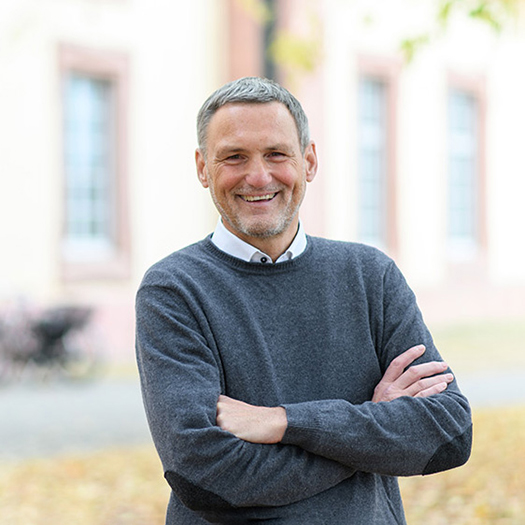The Technology of Skill Formation and the Heterogeneity of Returns to Education
The Technology of Skill Formation and the Heterogeneity of Returns to Education
We investigated the distribution of returns to investments in cognitive and self-regulatory skills over the life cycle. In our simulation model, the distribution of returns to education results from the interaction of neurobiological and socioeconomic factors in age-dependent skill formation. A novel feature of our extension of the technology of skill formation (Cunha and Heckman 2007) is a life-span model that integrates skill depreciation at older ages and calibrates it to German data. Our evidence quantitatively analyses the role early childhood plays in the shaping of human capital formation, inequality and economic growth.Our findings have implications for optimal human capital investment strategies. If society wants to maximize the sum of human capital, then scarce resources should be invested in students from an advantageous environment or with above-average learning abilities. If the goal of the society instead is maximising the relative returns to each individual and if heterogeneity is a result of social background, then limited resources for additional educational investments should rather be given to the most disadvantaged. If heterogeneity stems from individual giftedness, then investments should be directed to the most gifted individuals. After the age of 18, individual incentives to invest in their human capital rises with the degree of wage inequality on the labour market. In an extension of our model we examined intra- and intergenerational earnings inequality in the German education and federal pension system, based on age-dependent skill formation and the demographic trends in Germany until 2080. If policy aims at reducing life time earnings inequality within a generation the efficient choices are preventative investments into human capital until the age of 18 and remedial financial transfers at later ages. Due to self-productivity in human capital formation preventative policies are most effective the earlier they begin. In the intergenerational dimension additional tax financed educational investments starting in 2008 for the newborns will have beneficial effects for the cohorts born after 1975 through higher pensions. They will already experience an increase in their lifetime earnings, even though they finance the educational investments for the newborns. This is the result of the childhood skill multiplier and the federal pension system.

